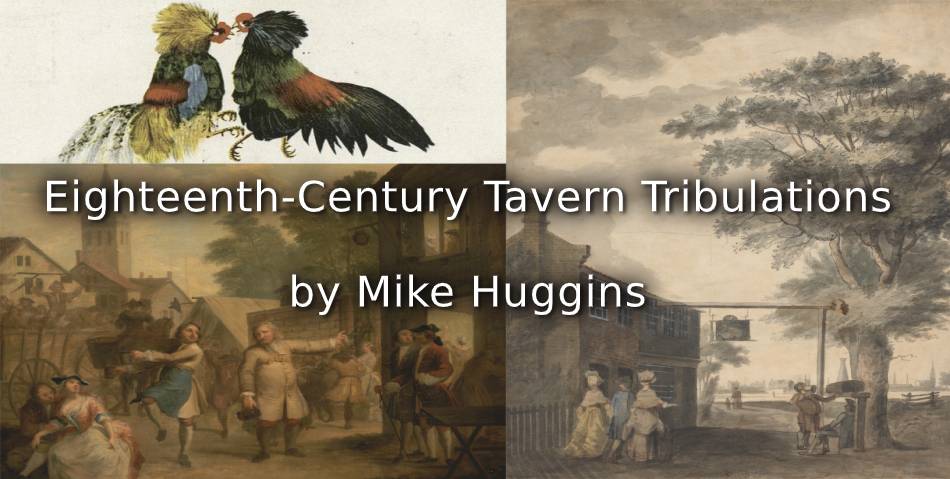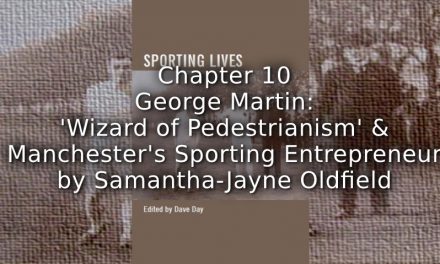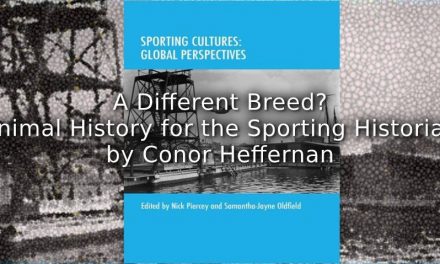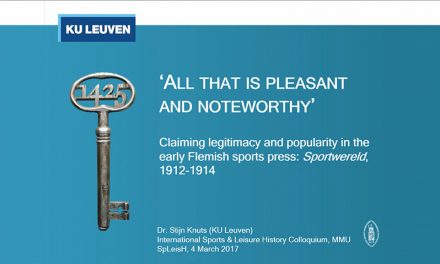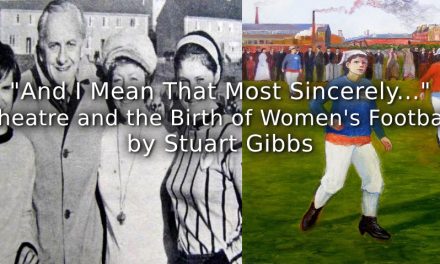During lockdown I’ve started work on my next book on sport and English culture in the eighteenth century. This was an increasingly proto-modern period which featured a range of sports, some popular in urban contexts, such as horse racing, cricket, cock fighting or pugilism, some rural activities such as hunting, shooting and fishing, and more localized sports from Cumberland wrestling to cudgelling, single-stick or forms of ‘football’. The other day, missing visits to the pub, and having an interest in visual representations of sport, I idly wondered whether the attractions of such sports were reflected in eighteenth-century tavern, inn and alehouse signs exhibited outside their buildings. Signs indicated identity and location to the public. The ‘well accustomed and convenient inn’ at Headon, in Holderness in 1798, for example, was ‘known by the sign of the Horse and Jockey’.
Easy question I thought. These places were cultural institutions, with about 20,000 of them in 1577 and far more as the population rose. Innkeepers were amongst early sponsors of sport, along with their other functions of providing refreshment, lodging, and trading and meeting activities. Perhaps pub signs reflected sporting culture too. My interest was further piqued by a long article I had read on ‘Signs’ in the Scots Magazine, 2 December 1794, which claimed that
‘a sign is sometimes an indication of the favourite pastimes and amusements of the landlord, or the prevalent sports for miles around…thus “The Cricket Players” and such like diversions are very common upon every road’.
Was that correct? Answers proved far more elusive than I expected in this era of self-isolation. Evidence was scattered, fragmentary, and thinly available.
I began by looking on-line at Google Books, but nearly all its listed books on inns and taverns either didn’t offer previews, or like Dunkling and Wright’s Dictionary of Pub Names (1987) focused more on modern pubs. The most useful proved a book by Jacob Larwood and John Hotten, History of Sign Boards (1867). They believed that ‘signs relating to sport and the chase’ were ‘relatively common’, though what that actually meant statistically was unclear. Amongst a number of sporting references they suggested that amongst animal signs ‘the Bull and Dog was one of the most common, derived like the Bull and Chain from the favourite sport of bull baiting’. It referred (disapprovingly) to the ‘common sign of The Two Fighting Cocks’. The Horse and Groom and the Horse and Jockey were ‘most prevalent’. The Running Horse was ‘also very common’. The Bat and Ball was ‘a common sign for public houses frequented by cricketers’. Dog and Gun, Dog and Pheasant, Dog and Partridge were also ‘very common’. Unfortunately its casual generations did not discriminate clearly between earlier signs and those of the mid-nineteenth century.
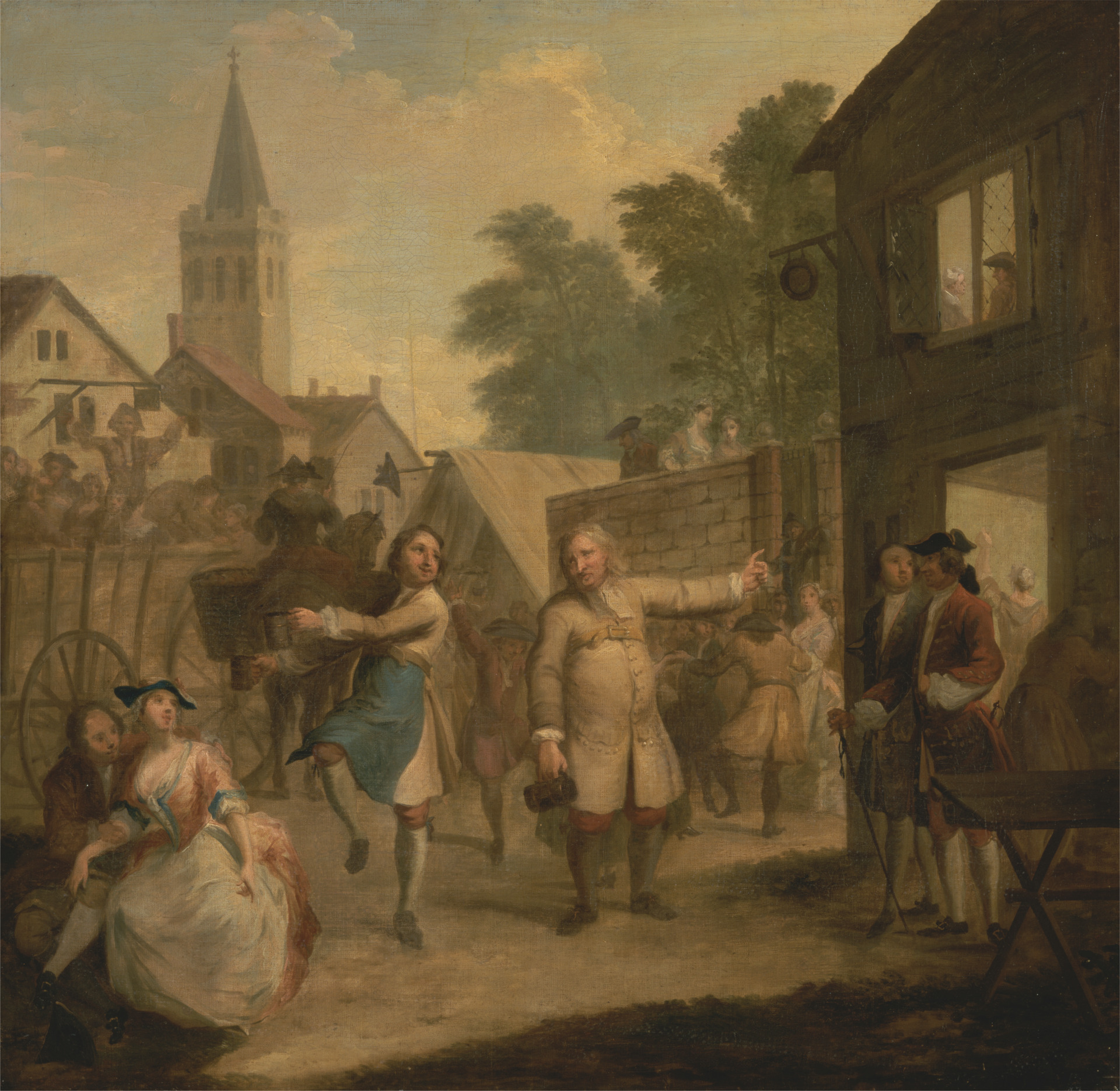
Dancing outside an English tavern c.1725
Courtesy of Yale Center for British Art, Paul Mellon Collection.
Maybe local histories would provide examples? Paul Jennings’ The Local: A History of the English Pub (2008) covered this earlier period too rapidly to help. Few local histories accessible on line seemed to address early public houses. T.S. Baylis’s very full account in Evesham Inns and Signs (2006) provided details of local signs which showed they fell into categories such as agricultural, countryside, commemorative, descriptive, ecclesiastical, heraldic, patriotic or trade and craft. Here again there was little attempt to discriminate chronologically, and sporting signs proved very rare: Hare and Hounds, Horse and Jockey and Horse and Groom (eighteenth century jockeys were often described as ‘grooms’).
Licensees of alehouses, inns and taverns had, naturally, as the name indicates, to be licenced by local Justices of the Peace at Quarter Sessions. Any surviving Quarter Session records for the period might have been fruitful sources but were held at Archives and Record Offices so were inaccessible. Occasional collections like R. Atkinson’s editions of Quarter Sessions Records of the North Riding (1899) were only in snippet view on-line. Things were made more difficult still when I realized that while some premises kept the same sign for a long time, others changed signs with the landlord. One public house in Gosport, Hampshire, began as The Fighting Cocks, then became the White Hart, and was the Half-Way House by the 1780s. Some may have succumbed to magistrate pressure. After County Durham magistrates began refusing to allow licences to ale house keepers involved in petty horses races or cock-fighting in the early 1780s, a Bishop Auckland publican changed the name of his premises from The Fighting Cocks to The King’s Arms. At Bishop Burton in Humberside, a tavern in a horse-racing area, which had been the Horse and Jockey, kept the racing tradition by changing to Altisidora when the locally-owned mare won the St Leger in 1813. A few merged two visual images, such as the pub in Sandgate, Newcastle in the1740s, which had the sign of the Bell and Fighting Cocks.
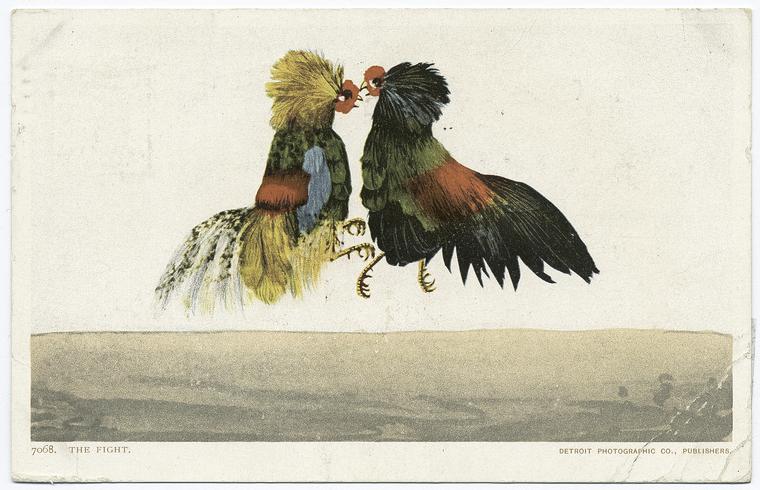
Cockfight
Courtesy New York Public lLbrary
Perhaps on-line newspaper searches of the British Newspaper Archive, British Library Newspapers, Seventeenth and Eighteenth Century Burney Newspapers Collection or the Times Digital Archive using signs listed in the secondary literature might prove more fruitful? I did spend a couple of days trying this. The difficulty here was that London, some regions, and towns such as Newcastle, Stamford or Ipswich were much better covered by surviving newspapers than others, and this distorts any statistical generalisations that can be made. There were occasional felicitous findings. In February 1806 the wholesale London brewers Brown and Parry listed almost 250 premises selling their malt beer. Of these only a very few had any sporting links. There was a Fox and Hounds in Bethnal Green; the Cock or Black Cock which figured four times, an Angler in Old Street, and two Horse and Groom premises.
But there did prove to be some very tentative patterns, although establishing any chronology is still impossible. There is space here for just a few examples. The most widespread name across the period up to 1810 was linked to cockfighting, including words like cock, gamecock or fighting cock. Examples in the 1720s and 1730s, as for example from Northumberland and Durham, often specifically referred to The Two Fighting Cocks, but more commonly thereafter the sign became The Fighting Cocks, though there was a Three Fighting Cocks at Cirencester in 1774. Other areas where the name appeared regularly included Yorkshire, Norfolk and Suffolk. Some premises, like Oakham in Rutland, had mains as well. Names were well scattered, with examples from London, southern counties like Hampshire, Wiltshire, Kent and Surrey, as well as more midland areas such as Birmingham or Northamptonshire. However, many could have kept their name even when there was little local interest.
Hunting pub signs also featured regularly. The Fox and Hounds could be found at locations such as Richmond (Yorks), Kirk Merrington (Durham) and Colchester (Essex) before 1750 and grew in popularity afterwards across the country. There are probably examples to be found from Nottinghamshire and Leicestershire, where leading hunts like the Quorn surfaced, but these counties are not well covered in early newspaper collections. More common still were examples of hare hunting, in the form of Hare and Hounds inns, found in Northumberland, Durham, Derbyshire, Lincolnshire, Suffolk and Sussex before 1750. Here again, as newspaper coverage grew, examples could be found across England. There were occasional examples of inn signs showing a huntsman: a Huntsman and Horn in the Isle of Wight in 1735, and the Huntsman or Huntsman and Hounds, as for example in East Sussex, by around mid-century.
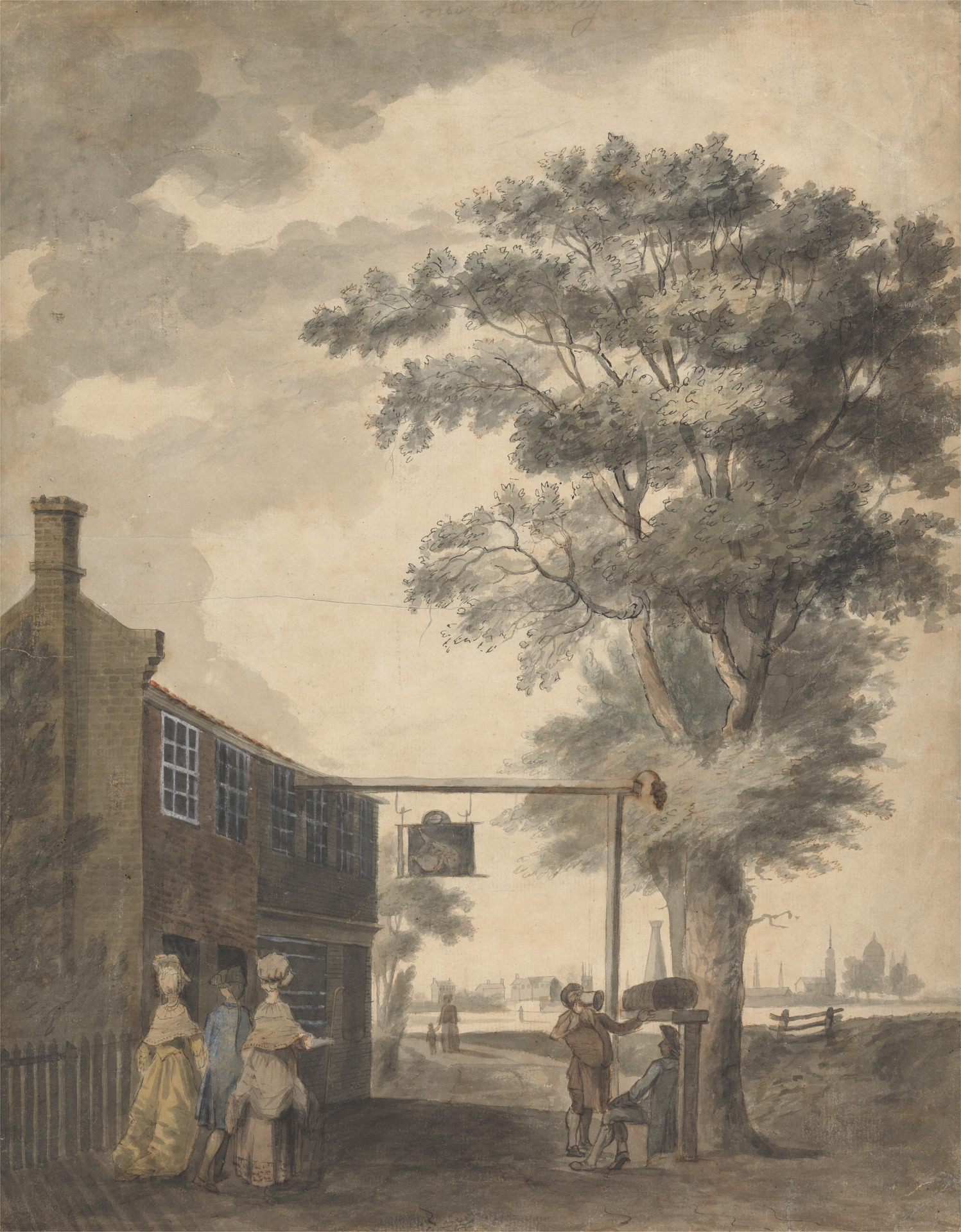
Tavern near Hackney, undated,
Courtesy of Yale Center British Art, Paul Mellon Collection
Horse racing was less-well covered. There was a Jockey and Running Horse ale and victualing establishment in Bridge, for example, by 1711, and a Running Horse in London’s Smithfield in 1729. From the 1730s the names ‘Horse and Jockey’ or ‘Horse and Groom’ became more common across the country. Nineteenth-century pubs were often named after successful racehorses, but earlier famous horses such as Eclipse or Flying Childers do not seem to have been so appealing, though Highflyer featured in Datchet (Bucks) in 1792.
Finally lovers of cricket will be pleased to find that names such as The Bat and Ball, The Cricketers, the Cricketers Arms, or the Cricket Players start to appear from the 1780s in the south east and London, and in Yorkshire, at Attercliffe and Sheffield (a future centre of the game) from c. 1800. There are of course many other sporting examples surfacing during this period, from The Wrestlers, the Bowling Green, the Dog and Bull or Bull Ring, to perhaps one of the most overlooked of sports, angling, best commemorated by the Compleat Angler at Marlow Bridge in Oxfordshire in the 1760s.
Article © Mike Huggins

